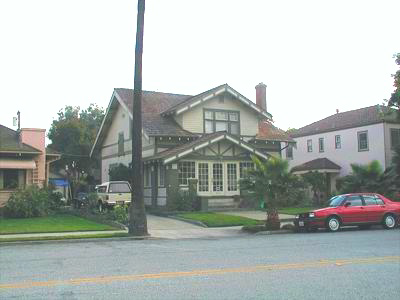No Light Rail in Vancouver!
Making California Housing Affordable

A bill being considered by the California legislature aims to make the state’s housing more affordable. According to this analysis, the bill amends the state’s Planning and Zoning Act by requiring cities and counties to take more steps to keep housing affordable.
The bill is supported by various home building associations as well as some non-

Is California’s housing system broken? This house would cost $150,000 in Houston, $400,000 in Bakersfield, $950,000 in Marin County, and well over $1.2 million in San Jose.
On the other hand, according to this article, the League of California Cities and a number of city councils have come out against the bill because they believe it would “promote suburban sprawl.” They think that infill housing will adequately provide for affordable housing. Have they looked at housing prices in their communities lately?
The urban sprawl argument plays well in California politics, but it is pure bunk. California is the least sprawling state in America. Census data show that an astounding 94.4 percent of California residents live on just 5.1 percent of the state’s land area. In no other state are such a high proportion of people confined to such a small portion of the state. The average density of California’s urbanized areas is almost 4,600 people per square mile; only New York’s urbanized areas, at a little more than 4,700 per square mile, are denser.
The real reason for the cities’ opposition may be because they fear that residential
areas add to their urban-
Under current law, “density is used as a proxy for affordability.” If cities include
some dense zoning in their plans, they satisfy the law’s affordability requirements
even if the density ends up being million-
In addition, the plans must look ahead ten years (instead of the current five) to insure that they have enough properly zoned land to meet these objectives. The law also attempts to simplify and reduce the length of the permitting process.
“California’s housing system is broken,” UC Berkeley professor of urban planning
John Landis told a reporter for the Half Moon Bay Review. It suffers from “unnecessary
construction delays, reduced housing supplies, higher housing costs, increased crowding
and reduced opportunities for home ownership, especially for young and middle-
If passed, this bill would do more to revolutionize land use in California than measure 37 has done for Oregon. The good news is that the Senate Housing Committee passed it unanimously. The bad news is it still has to go through several more committees whose members may not look on as favorably.
10
Trackback • Posted in News commentary, Planning Disasters
Reprinted from The Antiplanner